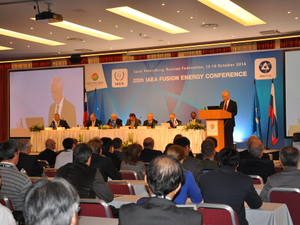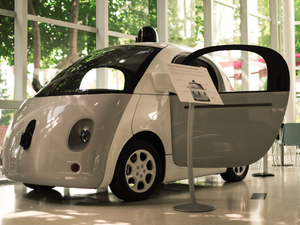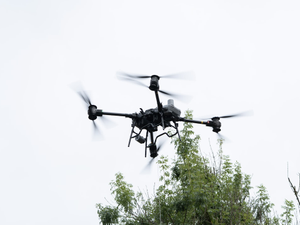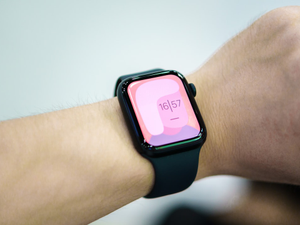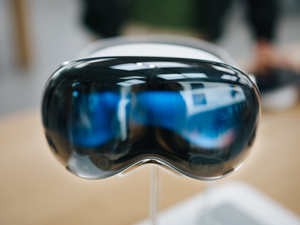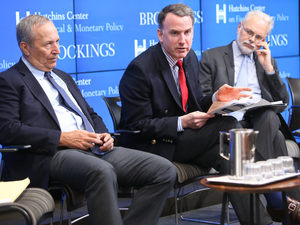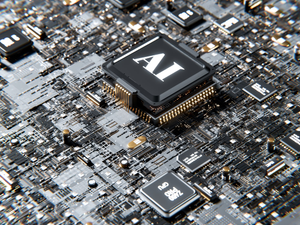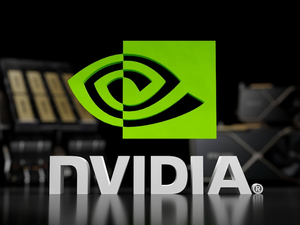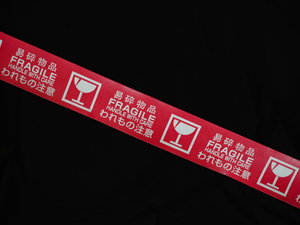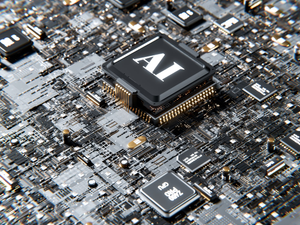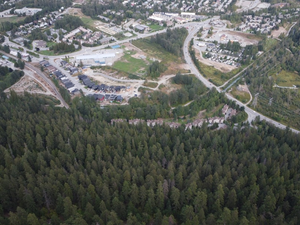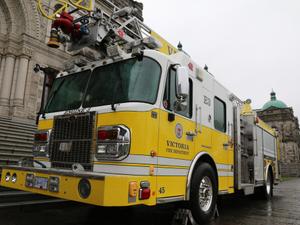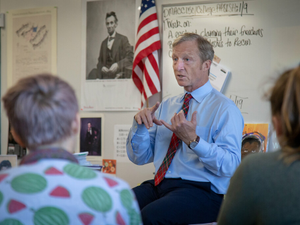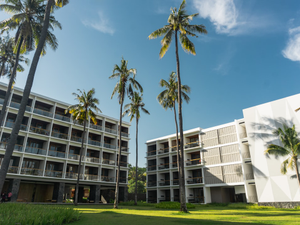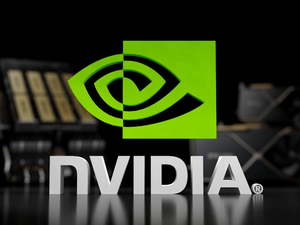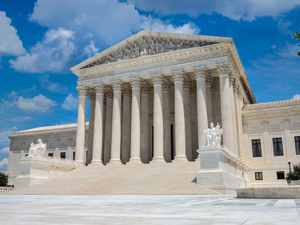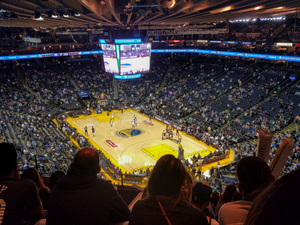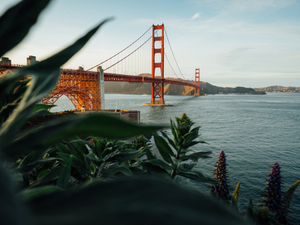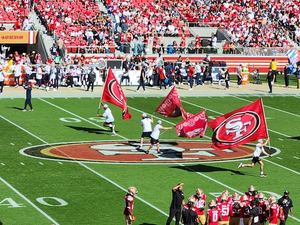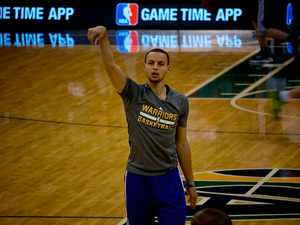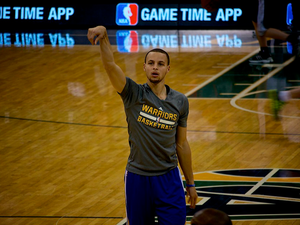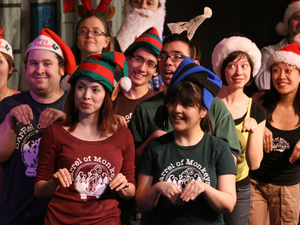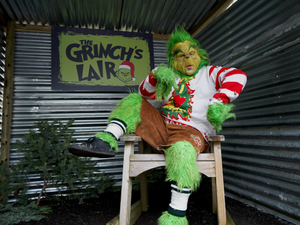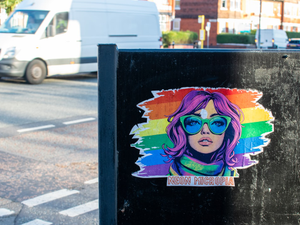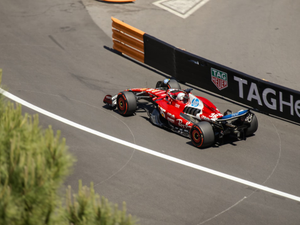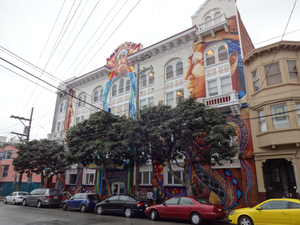Self-Driving Car Wars: Waymo and Tesla Battle for the Future of Transportation
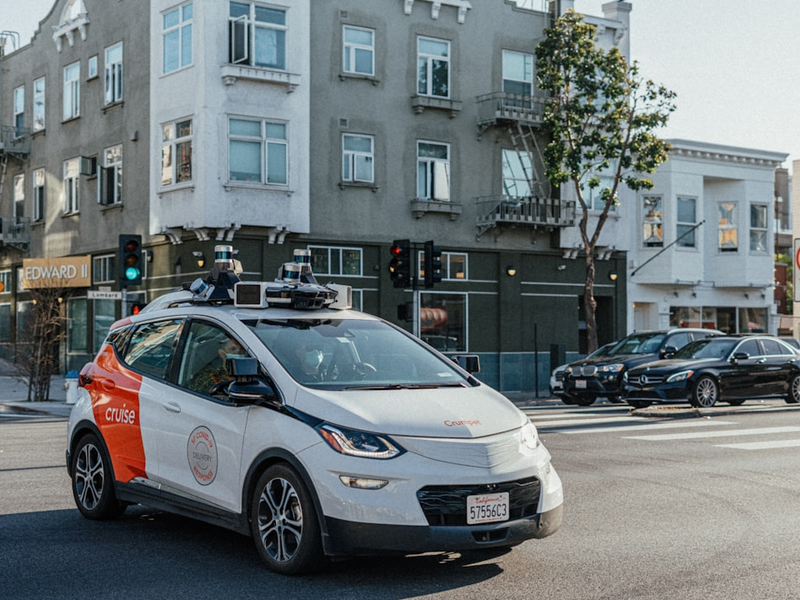
Photo by Remy Gieling on Unsplash
The autonomous vehicle revolution is heating up, with tech giants Waymo and Tesla locked in an intense competition to dominate the emerging robotaxi market. What began as a San Francisco-based technological showdown has now expanded to a national stage, with both companies pushing the boundaries of self-driving technology.
Waymo, owned by Google, has been steadily making waves by launching paid rides across multiple cities including the Bay Area, Los Angeles, Phoenix, and Austin. Their strategy relies on sophisticated lidar sensors that create detailed three-dimensional street maps, allowing for precise navigation and enhanced safety. In contrast, Tesla, led by the ever-provocative Elon Musk, is taking a radically different approach by using only cameras and artificial intelligence trained on billions of miles of driving data.
Tesla’s recent robotaxi pilot launch in Austin marks a significant milestone, though the initial rollout is notably limited. With only around 10 vehicles operating in a small geofenced area and primarily using pre-selected testers, the program is still in its nascent stages. Video footage of the test rides reveals both smooth moments and some concerning incidents, including potential navigation errors.
Musk has boldly claimed that Tesla will dominate the autonomous vehicle market, suggesting they could capture up to 99% market share. However, industry veterans like former Waymo CEO John Krafcik have been skeptical, pointing out Tesla’s repeated delays in delivering fully autonomous driving technology.
The National Highway Traffic Safety Administration is already monitoring Tesla’s robotaxi program, signaling the high stakes and potential risks involved in this technological race. Meanwhile, Waymo continues to expand, recently integrating with Uber in Atlanta and running over 250,000 paid rides weekly across its operational cities.
As these tech titans continue to push technological boundaries, the future of transportation hangs in the balance. The competition isn’t just about who can develop the most advanced self-driving technology, but who can convince the public that autonomous vehicles are safe, reliable, and transformative.
AUTHOR: cgp
SOURCE: SF Gate



